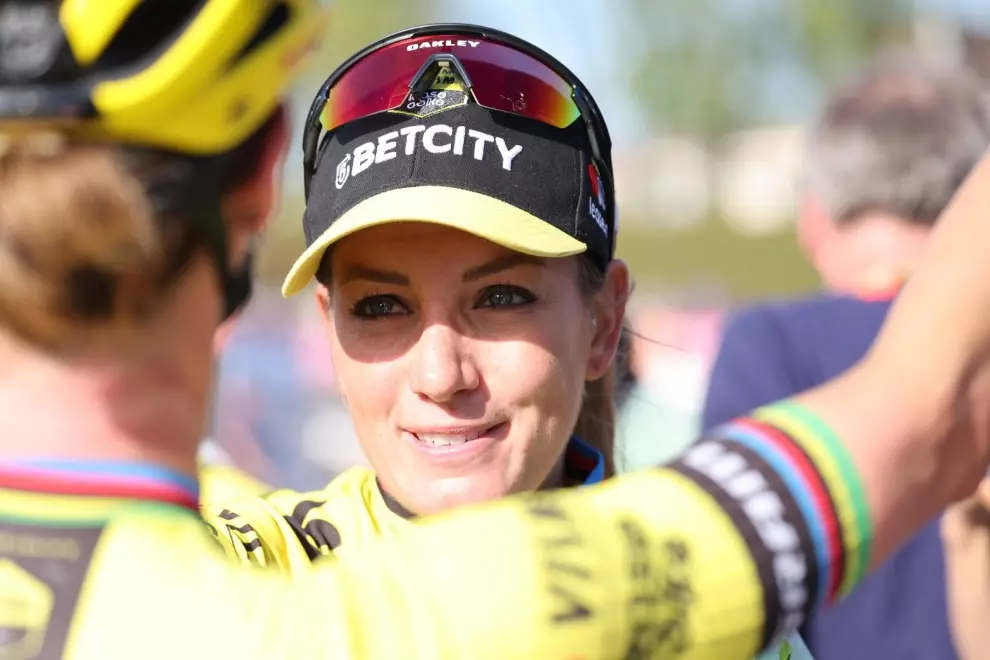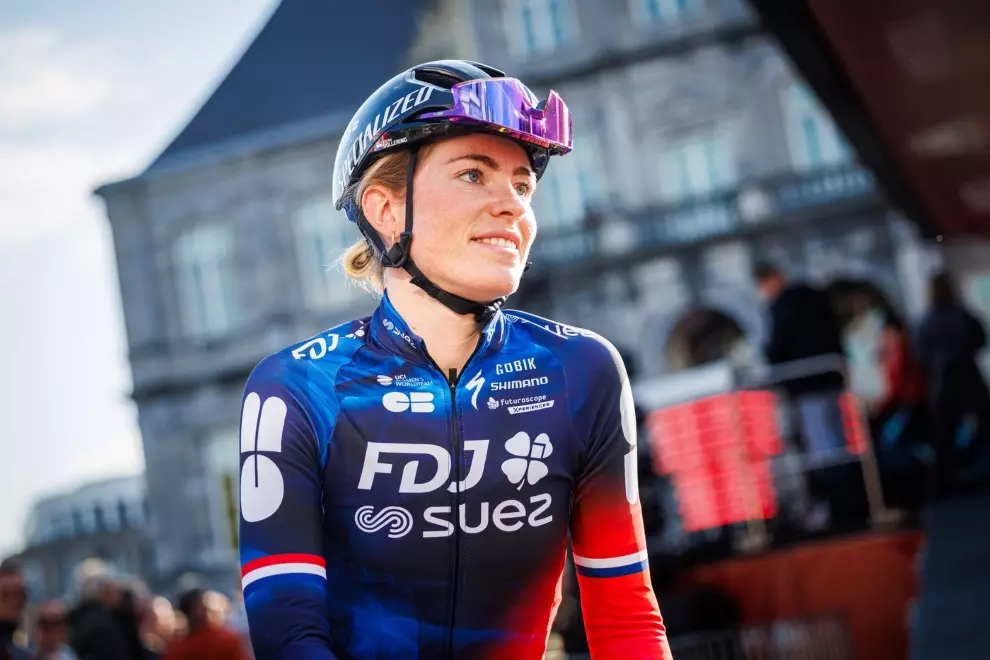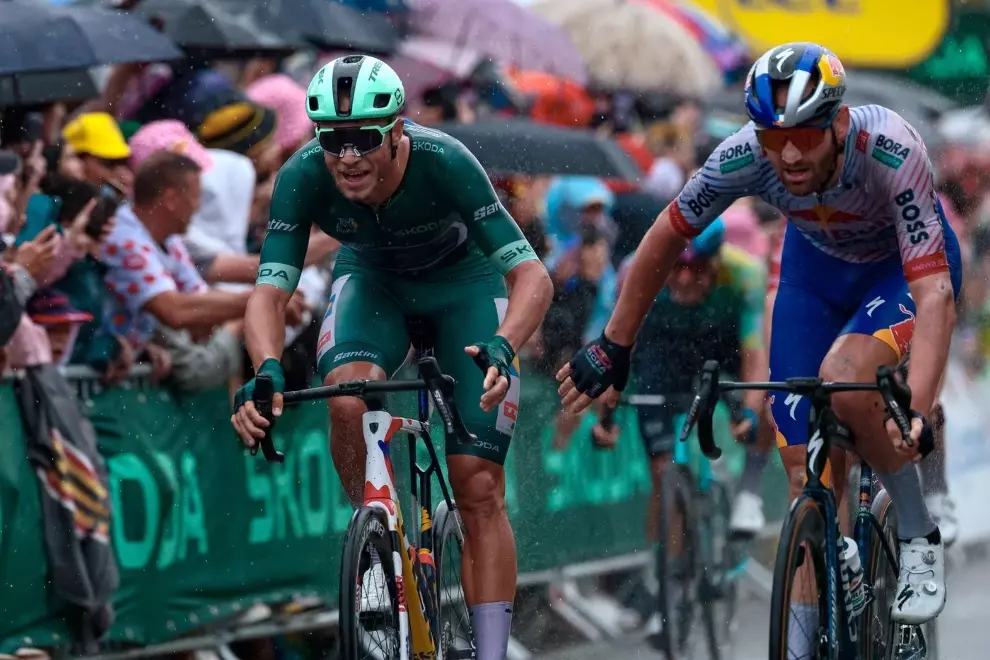Slimmer, despite keeping the same height
As you might have noted, professional cyclists tend to be outstandingly lean and easy to distinguish by skinny arms and considerably long thighs. Proportionally longer femurs give them extra leverage while pushing the pedals. Moreover, climbers are usually smaller and lighter than sprinters and time trialists in the peloton. Since climb stages are decisive in the overall standings of the Tour, auspicious riders should have proportions somewhere in the middle between a climber and a sprinter. Have the bodies of the Tour participants changed throughout history? Let us make a brief trip into the past of the race.

Losing body fat
Despite limited resources, the basic measurements of the Tour de France cyclists, such as height and weight, are available for the winners all the way back to the 1940s. Using these two figures, Robert J. Wood calculated their average BMI measurement and analysed their body size. The average height of the participants has stayed almost the same yet their weight dwindled substantially. According to the calculated Body Mass Index, successful riders are getting leaner than they have ever been. According to available data, there has been a 5-kg drop in riders’ weight since 1990 with no remarkable impact on their average height.
Sometimes, the weight itself is not indicative of the chances for winning the title as we can demonstrate on flyweight rider Luis Ocaña who dominated the race in 1973 with as few as 52 kg or five-time serial winner Miguel Indurain with fair 80 kg. The average data from the roster of winners, however, show that the overall weight is decreasing while height remains almost the same. That means that riders have less and less fat on their body in contrast with the past.

Does optimal height exist?
If your height is under 180 cm, we have bad news for you. Despite exemptions, the average TdF participant’s height has been between 180 and 182 cm since 1990. The giant of the peloton was Marcel Sieberg with his phenomenal 198 cm who took part in the 2007 and 2008 Tour, while the shortest rider was Samuel Dumoulin at 159 cm who raced the Tour de France 12 times between 2003 and 2016. The data collected since 1947 show that riders’ height is increasing – with several title winners remarkably taller in the recent decade – except for Columbian Egan Bernal who is only 175 cm. Legendary winners like Chris Froome, Andy Schleck or Miguel Induráin, though, could overlook the peloton with their height of 186 cm.

Riders are getting older – by a few years
The youngest winner was Henri Cornet winning in 1904 at mere 20 years of age while the oldest was Firmin Lambot aged 36 and winning in 1922. Even though we saw Tadej Pogačar winning the last Tour at the age of barely 22, the average age of a title-holder in the last decade has been established at 28 years. The age of the winners is in direct relation with the average age of the participants, which slowly increased from 28 to the current 30 years. The increase can be taken on account of advances in medicine and nutrition as well as more and more satisfactory rewards that motivate cyclists to keep competing at a higher age. The average age of winners is growing slightly, declaring that more experienced riders are more likely to succeed though there are striking exemptions like Egan Bernal who became the youngest winner of the Tour de France since World War II.




